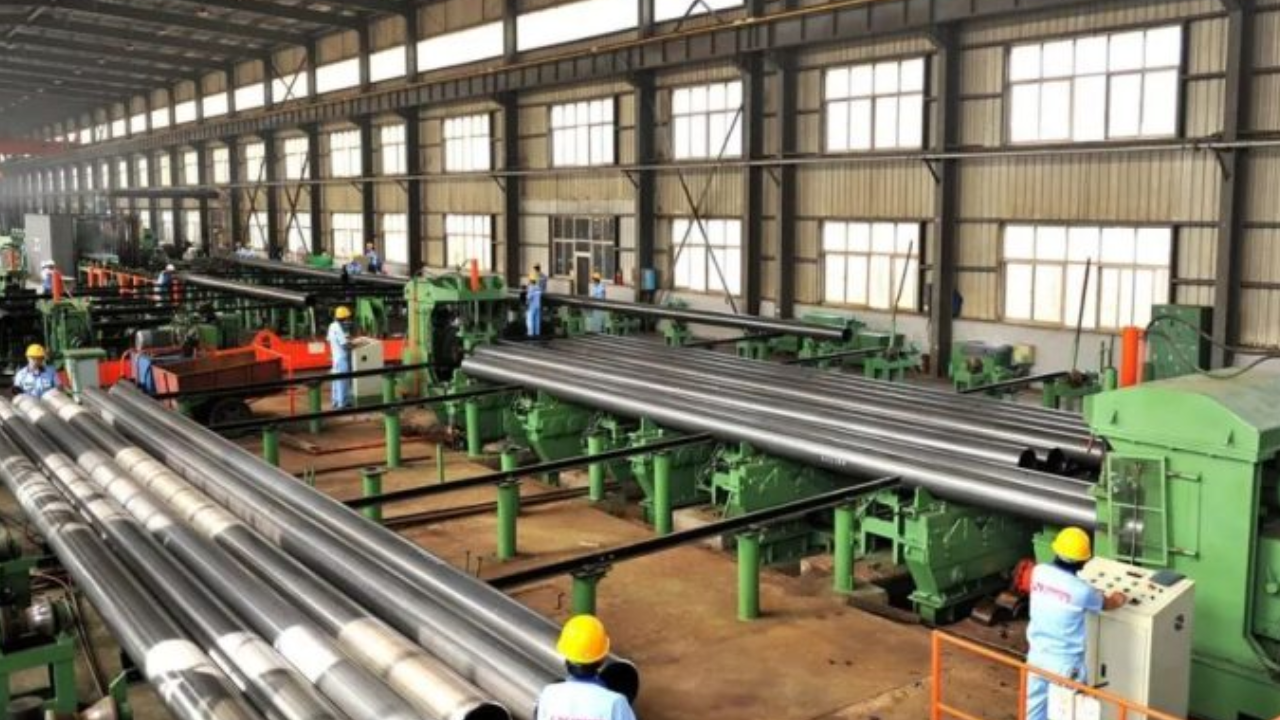When considering the natural effect of different materials, steel, and iron generation frequently come under investigation due to their broad mechanical use and noteworthy natural impressions.
Both carbon steel and cast press are iron-carbon combinations utilized in various industries, from development to car. However, their generation forms, vitality utilization, emanations, and waste administration contrast, impacting their natural impacts. This article explores, Carbon Steel Vs Cast Iron Pipe Difference Material/Features/Chart, and how the generation of carbon steel and cast iron compares in terms of natural supportability.
Raw Material Extraction and Processing
The environmental impact of both carbon steel and cast iron production starts with crude fabric extraction. Both materials primarily infer from iron mineral, which requires mining and handling before they can be utilized in production. In any case, the strategies and proficiency of this process change marginally between the two.
The generation of carbon steel involves mining iron metal, which is at that point refined in an impact heater to deliver cast iron. This pig iron is further prepared in fundamental oxygen heaters (BOF) or electric arc heaters (EAF) to deliver carbon steel. Cast iron generation too starts with the extraction of iron metal. Be that as it may, cast iron is created by dissolving cast iron with scrap iron and other added substances in a dome heater. Since cast iron contains the next carbon substance than carbon steel, it requires less refining, which interprets into lower vitality utilization during the generation preparation.
Vitality Utilization
Vitality utilization is a basic figure in evaluating the natural impact of manufacturing forms. Both carbon steel and cast iron production are energy-intensive, but the specific forms and vitality sources utilized can lead to contrasts in their natural impact. The generation of carbon steel is energy-intensive, particularly in conventional impact furnaces and essential oxygen heaters.
These strategies depend intensely on coal, especially in the frame of coke, to produce the high temperatures required to decrease iron metal into molten iron. The vitality prerequisites for the steelmaking handle can be substantial, especially for creating high-grade carbon steel. Cast iron generation, while also energy-intensive, generally consumes less energy than carbon steel production due to its simpler handle. The use of vault heaters in cast iron generation requires lower temperatures than the steelmaking process, reducing vitality utilization.
Greenhouse Gas Emissions
Greenhouse gas (GHG) emissions, especially carbon dioxide (CO), are noteworthy supporters of climate change and are a major concern in the generation of both carbon steel and cast iron. The carbon steel production process is a major source of CO emissions. The dependence on coal in traditional impact heater strategies comes about within the discharge of expansive amounts of carbon dioxide and other nursery gasses. Cast iron generation moreover radiates nursery gasses, but for the most part at a lower rate than carbon steel generation. The utilization of vault heaters, which require less vitality than impact heaters, results in diminished CO emissions.
Waste Management and Recycling
The ability to reuse and oversee waste is vital in the natural impact of carbon steel and cast iron production. Both materials can be reused, which makes a difference reduce the need for virgin raw materials and decreasing vitality consumption and emissions.
Steel is one of the foremost reused materials universally, with reusing rates regularly surpassing 80%. The recyclability of steel decreases the request for modern crude materials, cuts vitality use, and decreases outflows compared to primary steel generation. Cast iron is also exceedingly recyclable, and its production handle regularly uses a huge proportion of scrap metal. The capacity to join reused materials into cast iron generation not as it were diminishes the mining requirement but also diminishes vitality utilization and emissions.
Water Use and Pollution
Water utilization and contamination are noteworthy natural concerns within the generation of both carbon steel and cast iron. Water is utilized for cooling, tidy concealment, and other forms, and can become sullied with overwhelming metals and other toxins if not properly overseen. Steel generation, especially in impact heaters, can be water-intensive, with water utilized for cooling and cleaning forms.
If not overseen accurately, this water can become sullied with harmful chemicals and poisons, driving to water contamination. Cast iron generation ordinarily uses less water than steelmaking due to its easier forms. However, water is still utilized in cooling and cleaning, and appropriate management is required to prevent pollution.
Conclusion
In rundown, both carbon steel and cast iron generation have noteworthy natural impacts, but they differ in terms of vitality utilization, emanations, squander administration, and water use. Carbon steel generation is for the most part more energy-intensive and emits more nursery gasses due to its dependence on coal-based forms. In any case, propels in innovation, such as electric circular segment heaters and carbon capture, are making a difference to diminish these impacts. Cast iron generation, although still energy-intensive, tends to have a lower natural impression due to its easier handle and higher utilization of reused materials.


